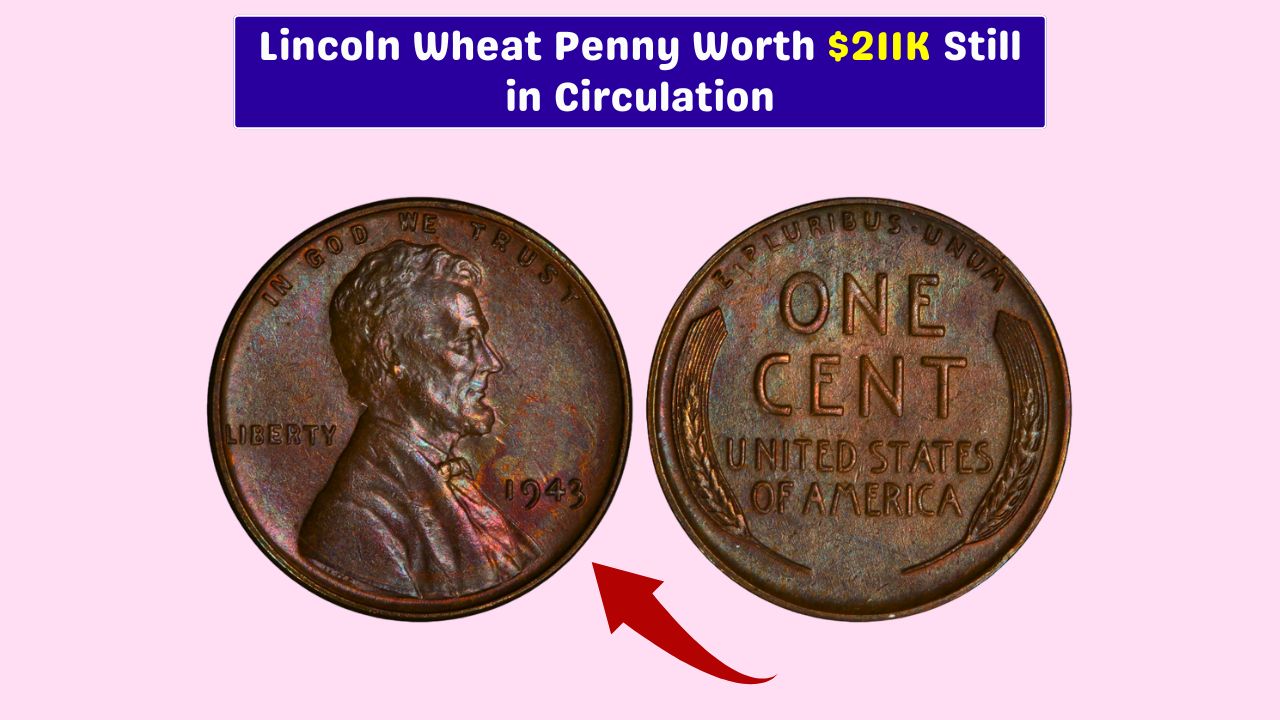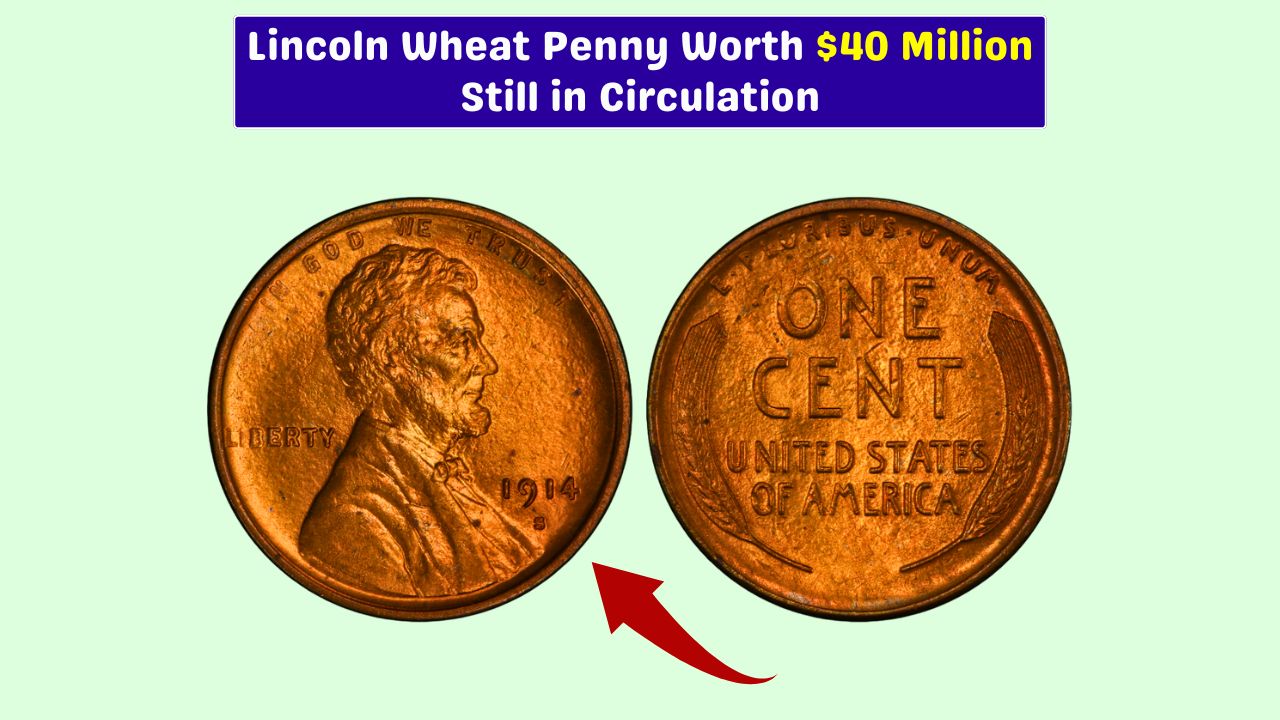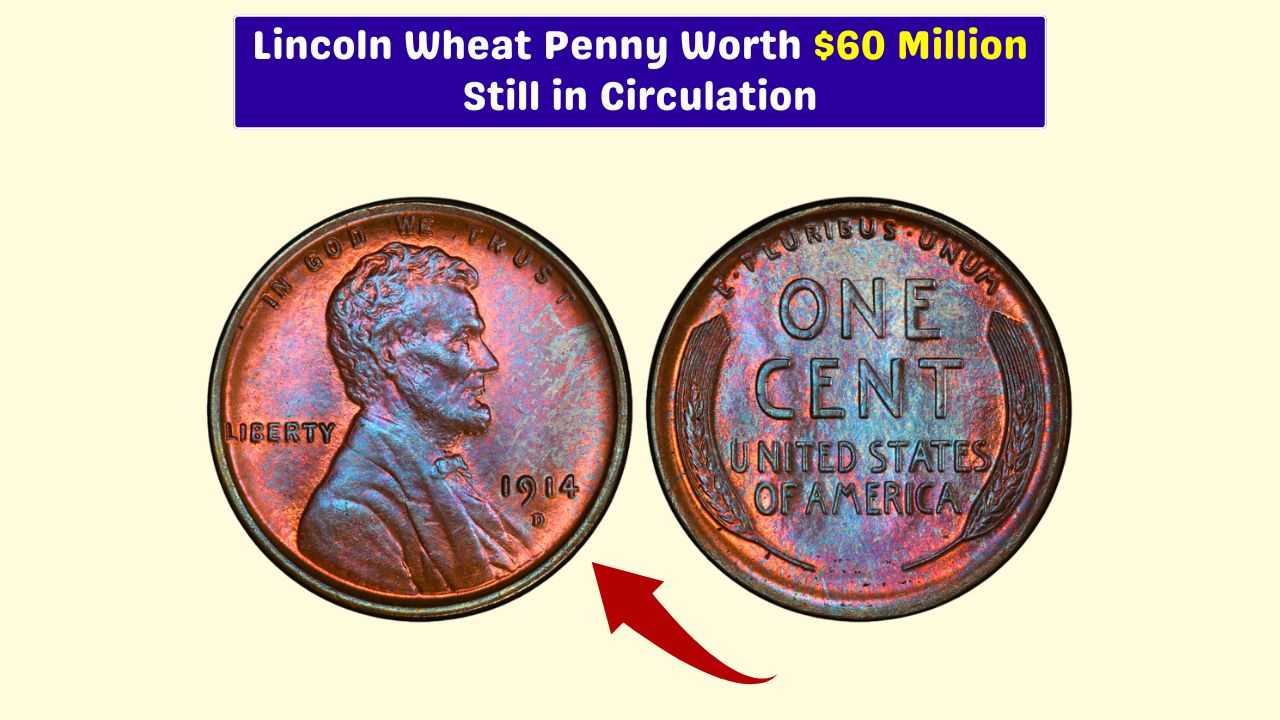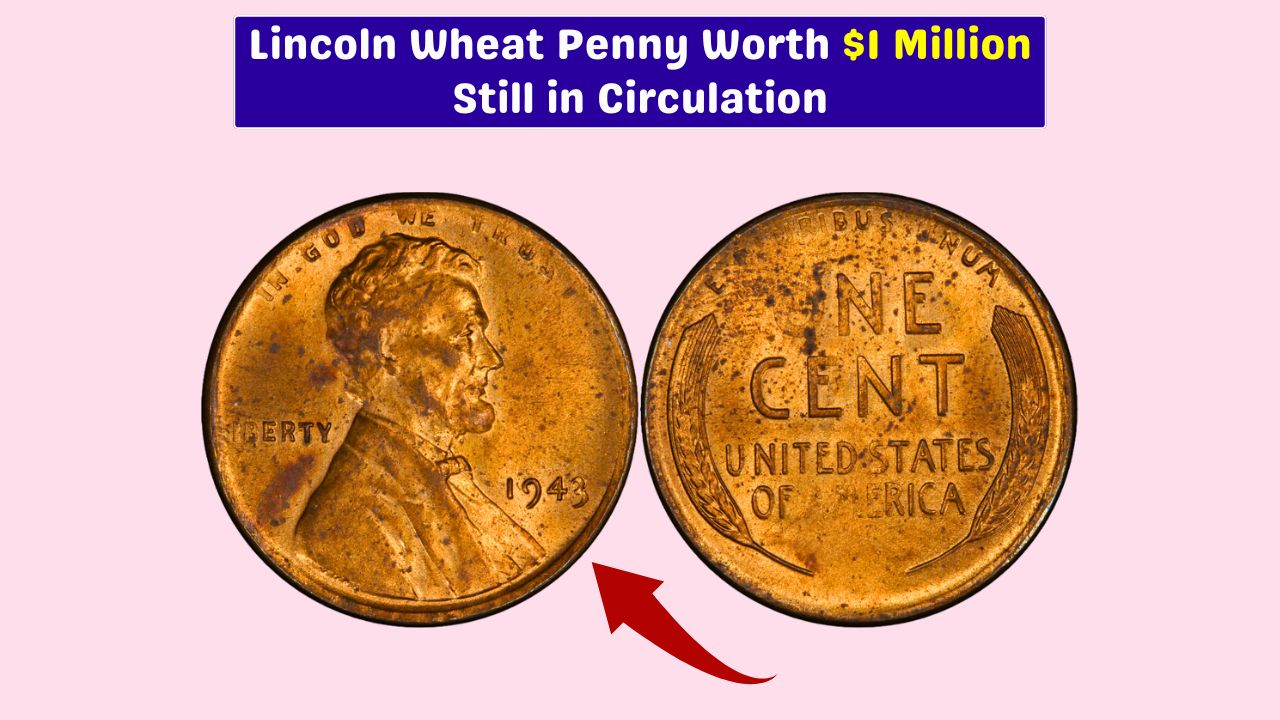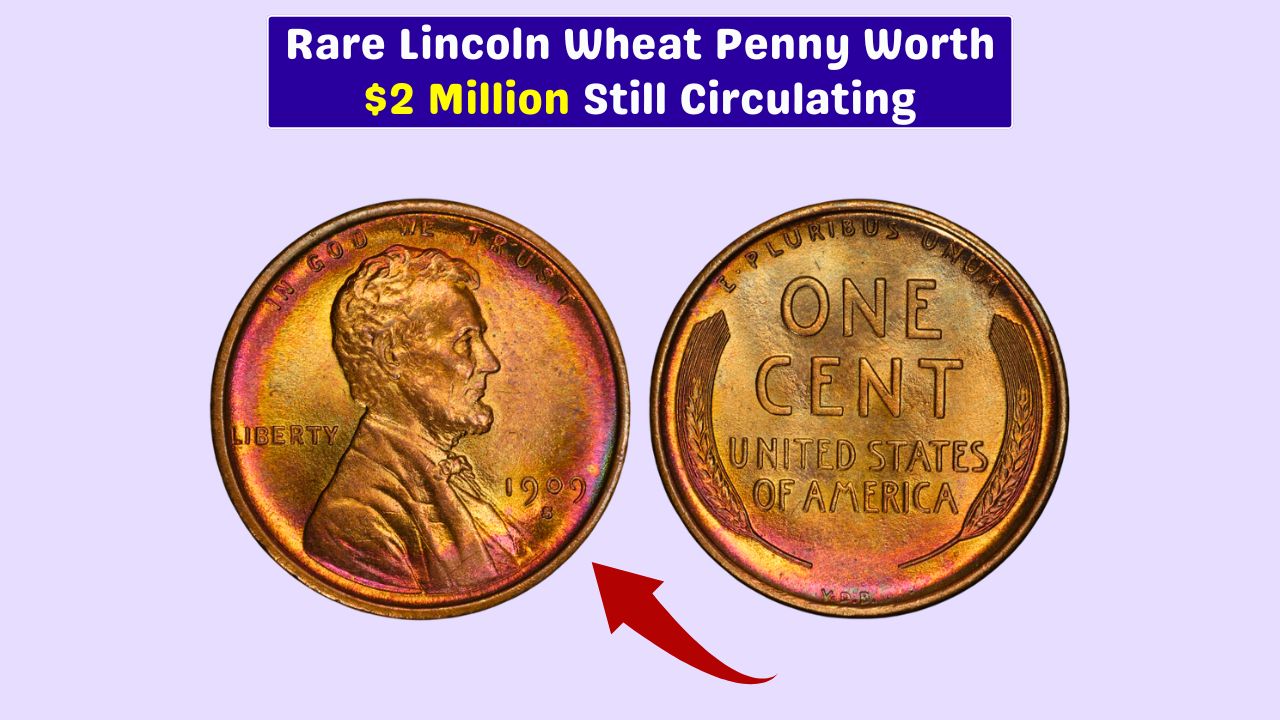Believe it or not, one of the most valuable coins in the world might be sitting unnoticed in a jar of pocket change. We’re talking about the Lincoln Wheat Penny—a small, copper-colored one-cent coin that’s been known to sell for up to $177,000. And here’s the kicker: some of these rare coins could still be quietly floating around out there today.
So if you’re someone who casually drops pennies into a jar or leaves them at the counter, it might be time to give those little coins a second look. One of them could be your unexpected jackpot.
Origins
First minted in 1909, the Lincoln Wheat Penny marked a turning point in U.S. coin design. It was the first coin to feature an actual historical figure—President Abraham Lincoln—making it a tribute to one of the nation’s most iconic leaders.
On the reverse side, two curved wheat stalks surround the words “One Cent,” giving the coin its nickname: the “Wheat Penny.” These were made primarily from copper and became a staple in American pockets from coast to coast for nearly 50 years.
Value
Most Wheat Pennies are common and only worth a cent or two. But some, due to limited mintage or minting errors, have become prized collectibles. Among the most famous is the 1943 bronze Lincoln Wheat Penny.
That year, in the thick of World War II, the U.S. Mint switched from copper to zinc-coated steel to conserve copper for war supplies. However, a few leftover bronze blanks from 1942 accidentally made it into production.
The result? A handful of 1943 bronze pennies—coins that technically shouldn’t exist. Because they’re so rare, collectors are willing to pay huge sums. One of these rare pennies recently sold for an incredible $177,000.
Detection
Think it’s a long shot you’ve got one? Maybe. But checking is surprisingly easy—and totally worth the effort.
| Feature | What to Look For |
|---|---|
| Year | Focus on 1943, 1909-S VDB, and 1914-D |
| Magnet Test | Steel sticks to magnets. Bronze? It won’t. |
| Mint Marks | Look under the year for “S” (San Francisco) or “D” (Denver) |
| Coin Condition | Better shape = higher value |
| Professional Check | Visit a coin dealer or grading service for verification |
It only takes a few moments—and maybe a magnet—to see if you’ve got something special on your hands.
Circulation
Think the odds are too low to bother? Don’t be so sure. Pennies are often overlooked, tossed into drawers, left in coat pockets, or buried in old piggy banks. Because people rarely inspect them, rare coins can stay hidden for decades.
That’s exactly how some of these valuable Wheat Pennies have managed to keep circulating under the radar. They blend in with the rest—until someone finally takes a closer look.
Reward
While standard 1943 steel Wheat Pennies are worth a little more than face value—say, 10 cents to $15 depending on condition—the bronze version is in a class of its own.
| Coin Type | Estimated Value |
|---|---|
| 1943 Steel Penny | $0.10 – $15 |
| 1943 Bronze Wheat Penny | Up to $177,000 |
That’s a huge leap in value for a coin that most people wouldn’t think twice about.
So next time you spot a dusty old penny lying around, don’t just pass it by. Check the date. Grab a magnet. Take a closer look. That little copper coin could be hiding a history—and a future—that’s worth far more than one cent.
FAQs
Why is the 1943 penny valuable?
It was mistakenly made of bronze during a copper shortage.
How do I check my penny’s metal?
Use a magnet—steel sticks, bronze does not.
What are the rarest Wheat Penny years?
Look for 1943, 1909-S VDB, and 1914-D.
Can rare pennies still be found today?
Yes, many are still in circulation or old jars.
How much can a bronze 1943 penny sell for?
It can fetch up to $177,000 depending on condition.


